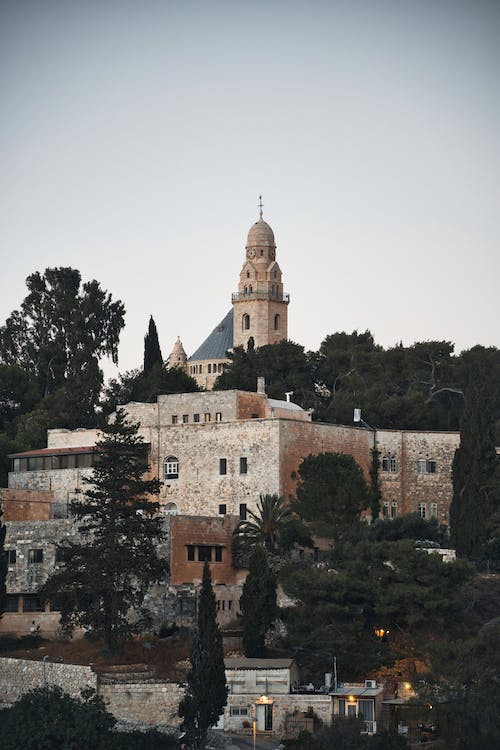Excavations have been completed by the Israel Antiquities Authority on a Second Temple period drainage tunnel that links the area of the Davidson Centre with the City of David in Jerusalem. In the future there are plans to open the tunnel from the Davidson Centre allowing visitors to go under the Old City Walls.
The now-completed archaeological dig would allow tourists and visitors to cross under the walls of the Old City, not far from the Temple Mount.
The tunnel, which was uncovered during several months of excavations, was once used for drainage and dates back to the Second Temple period. The tunnel connects the City of David in Silwan with the Archaeological Park and Davidson Center, which is situated in the Western Wall.
Digging temporarily delayed
The excavations, as expected, were difficult to conduct, because the tunnels ran below the residential neighborhoods constructed atop the ancient structures of the Second Temple era.
The digging, which had been conducted for about seven years, was delayed for some time by order of the High Court after residents in Silwan complained that the activity was damaging their homes. Then they filed their petition against the archaeological excavations. In September 2009, Supreme Court Justice Edna Arbel scrapped the petition and allowed the archaeological dig to continue. Since then, the pace of the work had been stepped up and in the following weeks the segment of the tunnel between the City of David and the Davidson Center was completed.
Israel Inside Out notes that this will be another tunnel in this area adding to Hezekiah’s Tunnel also in the City of David and the Kotel Tunnels. These sites are incredible experiences and are mini time machines allowing the visitor to step back in time for an hour or so.
General information
Located in the heart of the Old City of Jerusalem, the Western Wall is one of the most visited sites in the city and also the most revered, especially among the faithful.
Pilgrims come to the Western Wall to pray at the remains of the Second Temple. It is also known as the “Wailing Wall”, where the faithful seems to be “wailing” or “mourning” at the destruction of the Second Temple.
But the Western Wall is just the tip of the iceberg, so to speak. It actually extends for another 1,591 feet of labyrinthine maze of tunnels beneath the Old City. These tunnels reveal the remnants of Jerusalem’s past which dates back to the 2nd century, B.C. The massive retaining walls were built by Herod — in one of his most ambitious architectural projects — to support his expansion of the Second Temple.
Subsequently, people in Jerusalem built their cities on vaulted arches, which helped the Western Wall to remain intact and in good shape.
While only 200 feet of the Western Wall are exposed above the ground, the other 1,591 feet of the Western Wall run underground, which is just underneath the Muslim Quarter. The purpose of the concrete pillars is to support the residential streets aboveground.
The tunnel also contains the famous Western Wall stone — not only you’ll be amazed by how massive and heavy it is, but also by the way it was moved and lifted. It is 42 feet long, 11 feet high, 14 feet deep, and weights around 600 tons! Take note, there was obviously no state-of-the-art moving machinery or equipment at that time.
The alcove is located further down the tunnel — it is the most sacred spot there. This alcove, usually lit by oil lamps, is the closest place to the Holy of Holies, where the Ark of the Covenant was kept in the original Temple of Jerusalem. According to Jewish tradition, this alcove is the place where God resides. Interestingly, this site is mostly visited by women, who would pray and read Psalms there.
The temple also contains a few ancient “mikvehs” — a Jewish ritual baths. They were probably used by the people who worked at the tunnel.
For further details Haaretz article.
Watch this video about the amazing underground tunnel that exposes the Second Temple’s hidden wall.
